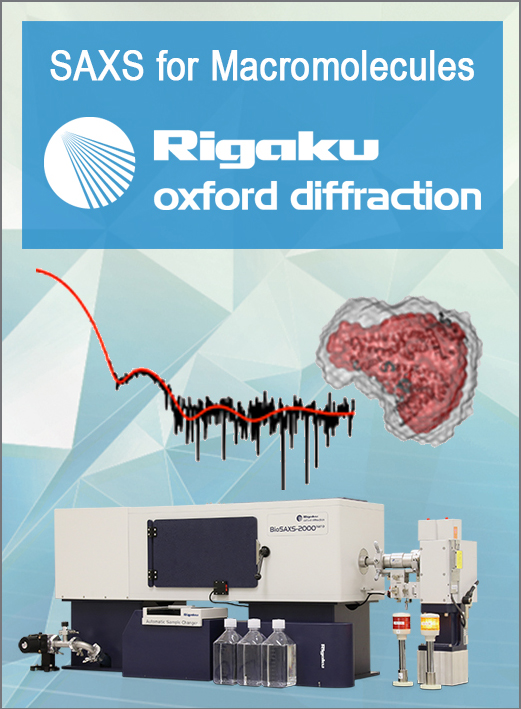The Physical Crystallography Group (PCG) of the British Crystallographic
Association was pleased to be able to offer its first residential school in
physical crystallography in Abingdon, Oxfordshire, UK, from 18 to 21 June 2018. Planning for the School started back in
January 2017 when the organising committee consisting of myself, Mike Glazer,
John Claridge and Nick Funnell undertook the initial task of shortlisting
topics for the school. We quickly homed in on the key material that we felt
would be most beneficial to the community, from which everything else followed
naturally. We decided for the first run
of the PCG School we would focus on phase transitions, since the study of this
topic is what unites all physical crystallographers. We were keen to include topics such as phonons
and Landau theory in this that are not so commonly taught as part of
postgraduate courses. We were delighted that
Martin Dove and Michael Carpenter were willing to take on these topics and keen
to be involved in this new project. The
course was structured to follow the path of a soft-mode phase transition, with
the final line-up of Mike Glazer for a review of symmetry and reciprocal space,
Martin Dove for phonons, myself for irreducible representation analysis,
Michael Carpenter for Landau theory, and John Claridge for incommensurate phase
transitions. Our ambitious plan was now
to fit this program into a 3.5-day intensive residential school. We were very fortunate in receiving
substantial sponsorship from the ISIS Neutron and Muon Source, as well as
contributions from Diamond Light Source and the Institute of Physics. This meant that we could hold the event with
a substantially reduced residential registration fee of £240, whilst still
being able to make use of STFC's unique Cosener's House
venue situated in the picturesque town of Abingdon on Thames. Special thanks
go to Nick Funnell here, who took on the bulk of the local organising leading
to a seamlessly run school. On midday on 18 June 2018, after months of planning, we were finally ready to welcome the 40
school participants, many who had travelled from afar. Registration for the School had far exceeded
our expectation, making it a tough process shortlisting the candidates for the
school. The final list of course participants included PhDs, post docs and early career academics from the Netherlands (5), Germany (2), USA (1), South Korea
(1), Australia (1), Spain (1), France (1) and Republic of Ireland (1), with the rest
coming from all around the UK.
Mike Glazer opened the school with a
review of point-group and space-group symmetry for his first lecture, before
developing the idea of reciprocal space, the appreciation of which would be
crucial for the students' understanding in the following lectures. After a
coffee break during which the sunshine and beautiful surroundings of Cosener's House could be enjoyed, it was back to work. Mike had prepared a lovely practical exercise
helping the students gain familiarity in identifying symmetry elements, and
helping them appreciate how International Tables of Crystallography Volume
A is constructed.
As we had promised the students, the
school would be intensive, which meant that after a three-course meal served
back in the main building of Cosener's House, we returned
to work. This time it was a poster session giving students the chance to
present their work to each other, and it was also a great chance for the
lecturers to get an idea of the research areas that the students were working
in. I particularly enjoyed this session
and was impressed by both the breadth and diversity of research topics covered
by the course participants, and by how many students stayed on well past the
point at which the free drinks ran out!
On Tuesday morning, fuelled by a
full English breakfast, Martin Dove took the reins. He started out with a nice historical
introduction to the field of lattice dynamics, before diving into the detail
behind phonons and normal modes. The
link between the theory of soft-phonon-mode phase transitions and Landau was
beautifully made, and Martin finished his lectures with some nice examples of
the effect of rigid-unit-mode motion on phonon dispersion and diffuse scattering. This tour de force, followed by a practical
session using GULP, took the students through from 9am to 5pm - interspersed
with plenty of breaks of course!
I was up next. I was a little nervous,
not least as I had scheduled my lectures for the shift before and after dinner
in what I appreciate was already a very long day for the students. My goal was to describe the language through
which symmetry-breaking events can be classified according to irreducible
representations. I was keen for the students to grasp that this symmetry breaking
could be instantaneous, such as the dynamic fluctuations induced by phonons, or
that it could be related to the order parameters describing the long-range
ordering occurring at phase transitions.
My tutorial session, which saw the students return fresh-faced on the
Wednesday morning, sought to reinforce these concepts through several exercises,
using ISODISTORT to analyse phase transitions and degeneracy in phonon-dispersion curves.
It was then over to Michael Carpenter
who gave a very nice illustration of how the coupling between primary order
parameters and strain can be used to study the nature of phase transitions,
within the framework of Landau theory. As well as providing practice at
performing this kind of analysis, the tutorial sessions explored how, once the
Landau potential has been constructed, a host of other thermodynamic quantities
can be derived and interrogated. It was
particularly impressive to see the enthusiasm and stamina of the students
throughout these sessions, who, even come the evening, were still working hard
at problems and asking questions.
We felt it was also important for the
students to appreciate how experimental measurements probing lattice dynamics
can be made and interpreted, and in this respect we were very lucky to have two
guest speakers on Wednesday afternoon from the ISIS Neutron and Muon Source.
David Voneshen and Matthias Gutmann
talked about their research interests around inelastic neutron scattering and
diffuse scattering, providing an extra dimension to the school's
curriculum. Even after such an action-packed
Wednesday, I was pleased to see that a substantial number of students found the
energy to soak up the last rays of sunshine by the river Thames, over a drink
or two at the Nags Head Pub.
On Thursday morning it was over to
John Claridge who gave an introduction to the superspace
formalism and incommensurate crystallography, before diving into many intriguing
examples of incommensurate phase transitions in functional materials. These ranged from site-occupancy modulation
in thermoelectrics, to lone-pair and incommensurate
tilt ordering in ferroelectric materials. For the final tutorial session, the
students were let loose on refining incommensurately modulated structures in
the program Jana2006.
As lecturers, we were very impressed
by the calibre of the students and their enthusiasm, which was sustained up
until the final session. For me, this is what really made the school so special. We hope to return for the 2nd PCG
School in Physical Crystallography in 2020, but in the meantime the lecture
material is available here for all to enjoy.



![PCG_photo.png [Meeting attendees]](https://www.iucr.org/__data/assets/image/0017/138320/PCG_photo.png)




